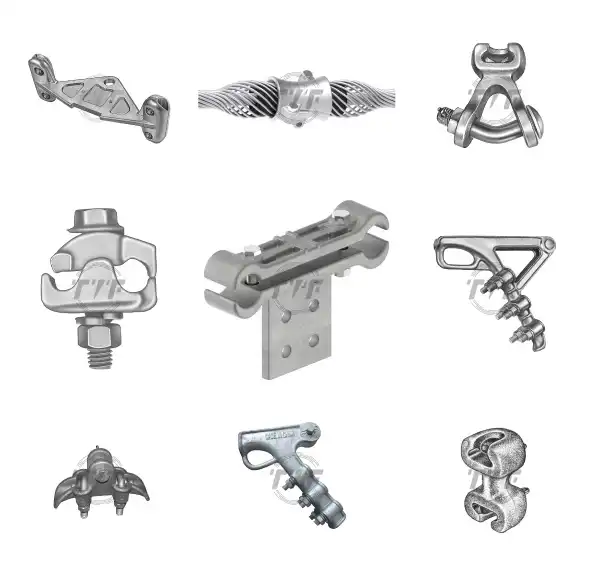- Chile’s lithium extraction processes should address environmental and social concerns, arising from water scarcity in the region.
- Companies are developing new technologies that reduce water use during lithium extraction in Chile. These advancements could make lithium extraction more water-efficient.
- The National Lithium Strategy represents efforts to revitalize the country’s lithium industry by integrating state oversight with private sector collaboration, environmental stewardship, and community involvement.
In the heart of Chile’s Atacama Desert, billions of dollars’ worth of lithium lie beneath the salt flats. With increasing companies pumping brine to fuel electric cars, indigenous farmers watch their wells run dry. Lithium is a critical mineral in renewable energy storage, powering electric vehicles (EVs) and battery technologies. It is crucial in stabilizing the power grid, reducing carbon emissions, and supporting energy storage solutions. Chile holds around 36% of global lithium reserves in the Atacama Desert. Lithium-based battery energy storage systems store excess renewable energy. This makes it available even during low production periods. Storage solutions help reduce grid instability and energy curtailment. However, Chile’s lithium extraction consumes large amounts of water, which threatens local ecosystems and indigenous communities.
Chile is pushing for environmentally responsible lithium extraction and water-efficient technologies. It aims to build a domestic lithium-ion battery industry instead of exporting raw lithium. Lithium extraction involves pumping mineral-rich brine from beneath salt flats. This consumes large amounts of water. The reduction in water availability threatens traditional livelihoods, agriculture, and access to potable water. Most communities have voiced concerns over the sustainability of water resources and the preservation of their cultural heritage. Additionally, research shows that lithium mining extraction has led to land subsidence in the salt flats. For instance, lithium extraction has led to an 11% reduction in the local flamingo population.
The role of Chile’s lithium in electric vehicles, batteries, and the green revolution
Lithium-powered batteries are at the heart of Chile’s transition toward clean energy and sustainable technologies. Chile’s lithium is a critical mineral in electric vehicles, renewable energy storage, and the transition to a low-carbon future. Lithium extraction faces various challenges such as sustainability, electrical sourcing, and next-gen battery tech. Here are the roles of lithium in the Green Revolution.
- Lithium in the green revolution—lithium-ion batteries store more energy in a compact space, which is ideal for EVs and grid storage. Lithium batteries charge quickly and last longer than traditional lead-acid batteries. Lithium-based energy storage reduces dependence on fossil fuels to support clean energy adoption.
- Lithium in electric vehicles—EVs rely on lithium-ion batteries for efficient, long-range travel. EVs produce zero tailpipe emissions to help countries meet climate goals. Recycling old EV batteries can extend their usefulness in energy storage.
- Lithium in renewable energy storage—lithium-ion batteries capture excess energy from renewables. This provides power during low production periods. Large-scale battery energy storage systems stabilize grids and prevent blackouts. Efficient storage reduces reliance on fossil fuel backup power.
Impacts of lithium mining in Chile
Lithium mining supports economic growth and the green energy transition. This raises environmental, social, and economic challenges. The future of lithium in Chile depends on sustainable practices, government policies, and responsible corporate actions. This is crucial to balance economic growth with environmental protection. Companies are exploring new extraction methods that use less water and energy. Also, recycling lithium batteries can reduce the need for new mining operations in Chile. Here are the impacts of lithium mining in Chile’s energy sector.
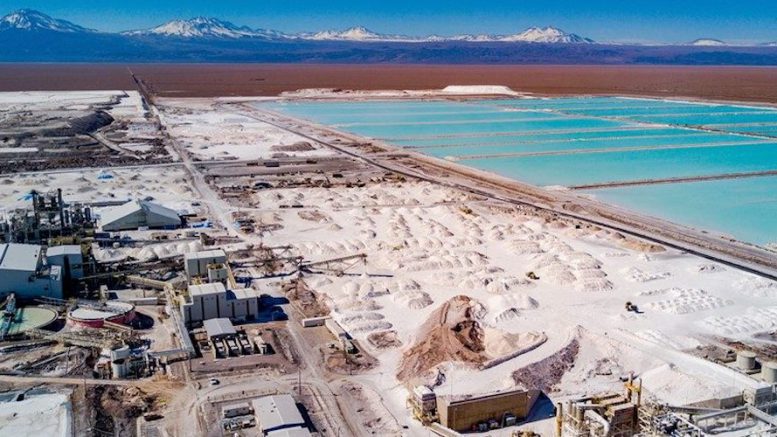
- Environmental impacts—lithium extraction is water-intensive since it needs large amounts of brine to be pumped from underground salt flats. Lithium mining has reduced fresh water availability, which affects local agriculture and biodiversity. Brine extraction alters groundwater flow, leading to soil degradation and increased desertification. Evaporation pools release harmful chemicals into the air. This affects human health and biodiversity.
- Social impacts—indigenous people depend on the region’s water sources for farming and traditional practices. Most communities oppose lithium mining due to water shortages and lack of consultation in decision-making. There may also be conflicts over land and resources between companies and local communities.
- Economic impacts—Chile’s lithium industry provides jobs and attracts foreign investment to boost its GDP. Exporting raw lithium rather than manufacturing batteries limits Chile’s economic potential. Developing local lithium processing and battery production increases profits and creates more jobs.
Brine extraction and freshwater impacts in Chile’s lithium industry
Brine extraction in Chile has significant freshwater and environmental impacts. It has helped Chile become a global lithium powerhouse. Companies and policymakers should balance economic benefits with water conservation and ecosystem protection. It is crucial to explore alternatives like direct lithium extraction, which reduces water waste. Investing in battery recycling can reduce the need for new lithium mining. Brine extraction is the process of pumping lithium-rich saltwater from underground reservoirs in salt flats. Brine is then spread in large evaporation ponds where the water evaporates leaving behind concentrated lithium. Discussed below are the impacts of brine extraction and freshwater in Chile.
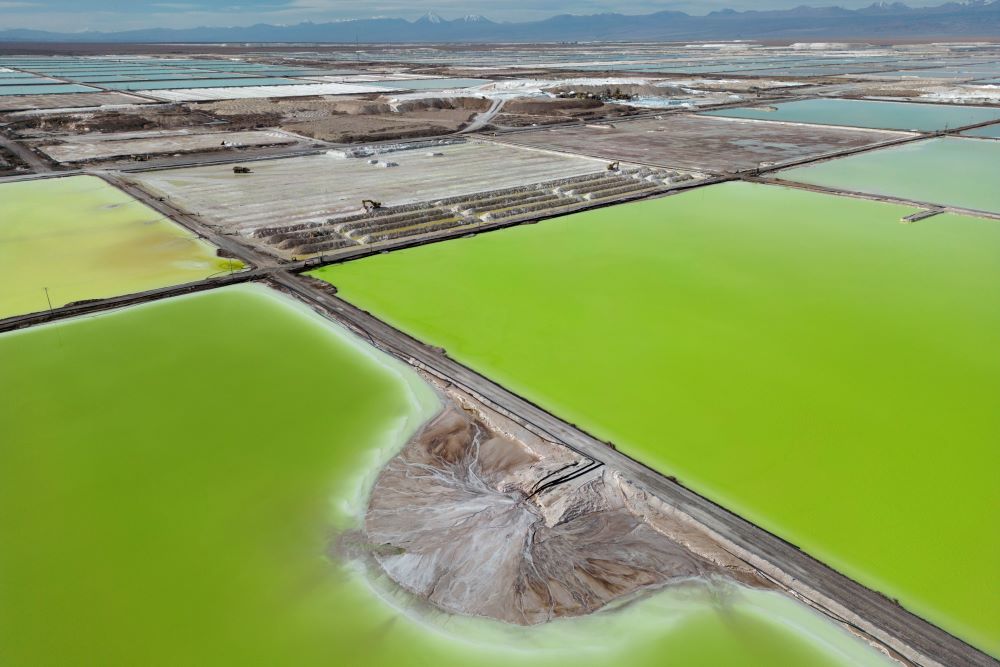
- Depleting groundwater reserves—brine extraction needs massive amounts of water. For every ton of lithium extracted, water is lost to evaporation. Pumping brine from underground can lower freshwater levels in the surrounding areas.
- Disrupting the water balance—scientists warn that extracting brine from deep underground affects the movement of freshwater aquifers. This reduces water availability for local communities. This impacts agriculture, wildlife, and drinking water supplies.
- Damage to ecosystems—the Atacama region hosts fragile ecosystems, including salt flats, lagoons, and wetlands that support wildlife. Reduced freshwater disrupts the habitats, causing a decline in biodiversity.
- Salt contamination—pumping brine can cause saltwater intrusion into freshwater sources and contaminate local wells. This makes water undrinkable for people and animals. This leads to long-term soil degradation, making agriculture unsustainable in some areas.
Lithium technologies that could reduce water shortages in Chile
The lithium industry relies heavily on brine extraction, which consumes vast amounts of water in the Atacama Desert. Researchers and companies are developing new technologies to make Chile’s lithium extraction more water-efficient. Other than using new technologies, the companies should collaborate with indigenous communities to ensure fair water distribution and responsible mining. These new technologies include:
- Direct lithium extraction (DLE)—Direct lithium extraction uses chemical or filtration processes to separate lithium directly from brine without relying on large evaporation ponds. DLE reduces water use through faster extraction, consuming less water, and reducing land disruption.
- Nanofiltration & membrane technologies—this technology uses advanced filtration membranes to separate lithium from brine. It removes lithium with high efficiency, reduces waste contamination, and could integrate into existing mining operations. This is crucial to reduce evaporation-based water loss.
- Geothermal lithium extraction—this uses hot brine geothermal reservoirs to extract lithium without large water losses. It produces renewable energy while extracting Chile’s lithium. It also uses existing geothermal plants to reduce the need for new water-intensive operations.
- Lithium recycling—recycling old batteries from EVs and electronics can reduce demand for water-intensive mining. Recycling helps reduce the need for fresh lithium extraction, lower environmental impact, and water consumption.
- Water management & AI optimization—AI-driven monitoring helps detect water inefficiencies in lithium extraction. Smart sensors improve water recycling rates in mining operations.
Recent regulations and their effectiveness in Chile’s lithium industry
Chile’s lithium industry aims to balance economic growth with environmental sustainability and social equity. The national lithium strategy is a pivotal shift in the country’s approach to lithium extraction and management. It represents efforts to revitalize the country’s lithium industry by integrating state oversight with private sector collaboration, environmental stewardship, and community involvement. Its success will depend on addressing regulatory challenges, creating an attractive investment environment, implementing effective environmental protections, and maintaining competitiveness in the market. The key objectives of the national lithium strategy include:
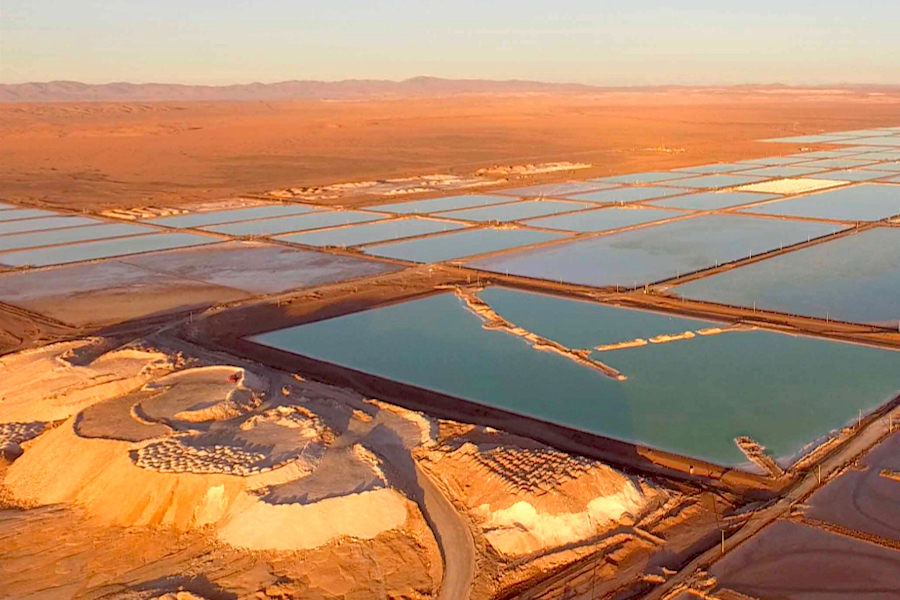
- State involvement—the NLS emphasizes a leading role for the state in lithium exploitation. It proposes the creation of a national lithium company to oversee and regulate activities. The existing legal framework classifies lithium as a strategic resource under state control. This complicates the granting of mining concessions to private entities.
- Public-private partnerships—the strategy encourages partnerships with private companies to leverage their capital, technology, and market networks. Countries with more flexible regulations attract greater foreign investments.
- Environmental sustainability—the nation is also focusing on developing sustainable extraction technologies to mitigate environmental impacts. The expansion of Chile’s lithium mining poses risks to local ecosystems about water consumption in the Atacama Desert.
- Community engagement—the strategy emphasizes the importance of involving local and indigenous communities in decision-making processes. This is to ensure that their rights and livelihoods are respected.
In conclusion
Chile stands at crossroads in its energy transition, leveraging its vast lithium reserves and renewable energy potential. Advancements in Chile’s lithium extraction technologies, regulatory reforms, and ambitious renewable energy targets can help balance economic growth, environmental responsibility, and social equity. Chile can reduce environmental impacts through key developments. These include brine extraction improvements, direct lithium extraction, and hybrid energy systems. The nation must also address challenges such as water shortages, regulatory uncertainties, and global competition.
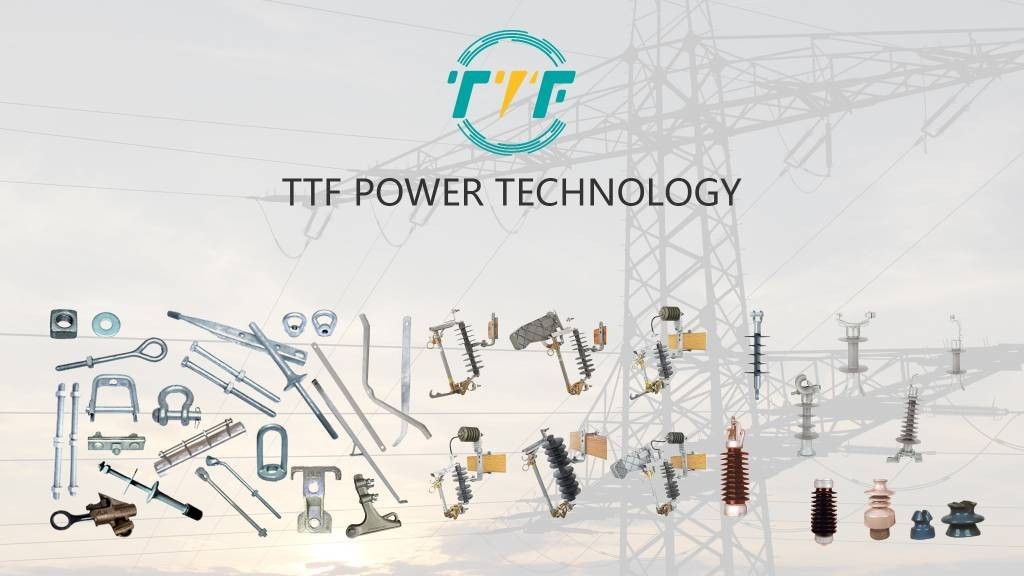
TTF Power supports lithium extraction while maintaining environmental and economic sustainability. This is by providing hardware components used to secure lithium extraction and processing facilities. TTF is a world-class global provider of high-quality overhead line hardware, transmission hardware, distribution hardware, conductors, insulators, cutout switches, anchoring, and grounding products. We are a one-stop shop for utility pole hardware fittings, transmission line accessories, and power line construction equipment. We provide our customers with the most extensive range of products in the industry, excellent value, and knowledgeable service. Subscribe to our newsletter for weekly updates on Chile’s energy sector.

